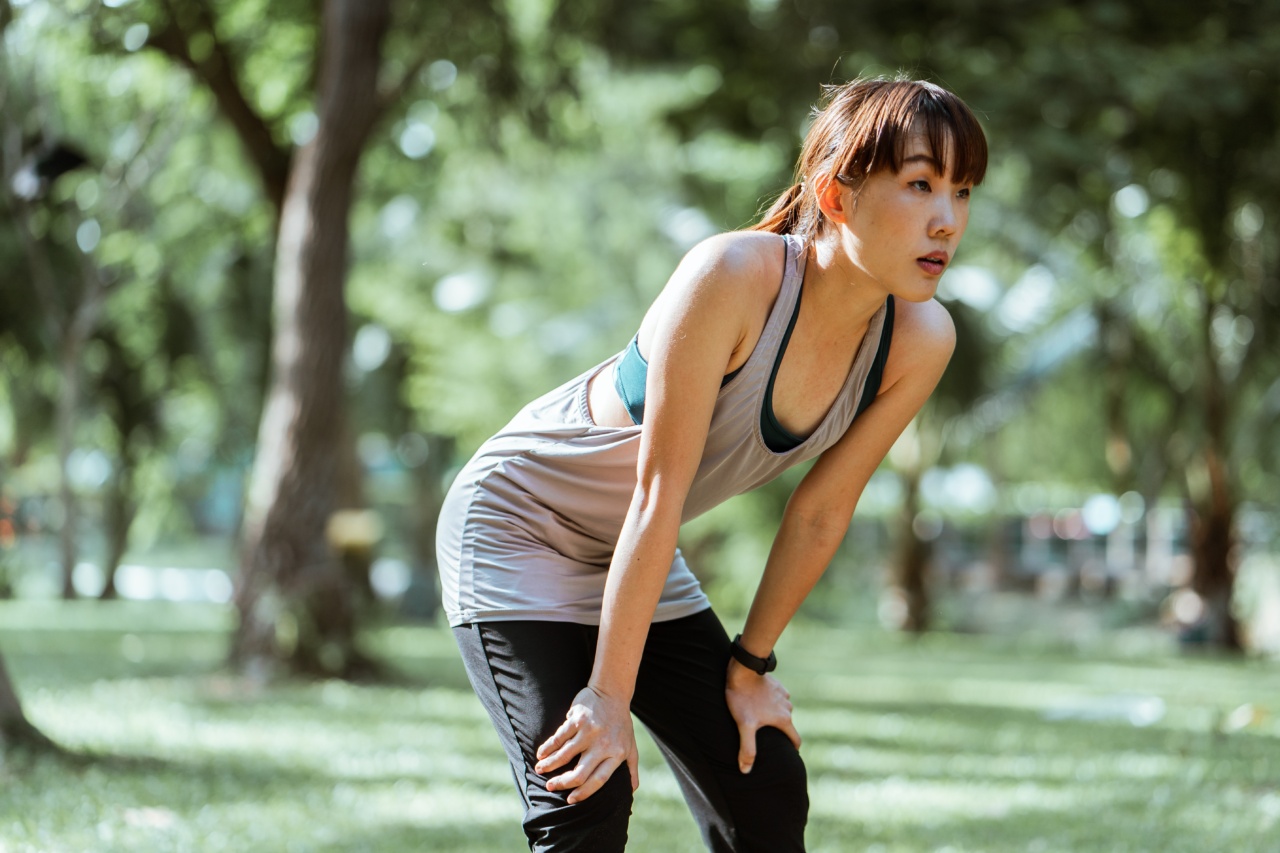Knee osteoarthritis is a common condition that affects millions of people worldwide. It occurs when the protective cartilage in the knee joint starts to wear away, causing pain, stiffness, and swelling.
While exercise is often recommended to manage knee osteoarthritis, there are certain exercises that can potentially exacerbate the condition and lead to further damage. In this article, we will discuss three exercises you should skip if you have knee osteoarthritis and provide alternative exercises to improve your knee health.
The Importance of Exercise for Knee Osteoarthritis
Before we delve into the exercises you should avoid, it’s essential to understand the importance of exercise for managing knee osteoarthritis.
While it may seem contradictory to engage in physical activity when your knees are already in pain, exercise has numerous benefits for individuals with this condition.
Regular exercise helps to strengthen the muscles around the knee joint, providing better support and stability.
It also improves flexibility, increases range of motion, and promotes weight management – all of which can help alleviate the symptoms of knee osteoarthritis. Exercise also helps to maintain the health of the remaining cartilage and reduce the risk of further degeneration.
1. High-Impact Aerobic Exercises
High-impact aerobic exercises, such as running, jumping, or intense step aerobics, can significantly stress the knee joint and worsen knee osteoarthritis symptoms.
The impact from these exercises can cause more pain, inflammation, and even accelerate the progression of cartilage degeneration.
Alternative Exercise: Low-Impact Aerobic Exercises.
Instead of high-impact aerobic exercises, opt for low-impact alternatives that are easier on the knees.
Walking, swimming, and cycling are excellent examples of low-impact aerobic exercises that provide cardiovascular benefits without putting excessive strain on the knees. These exercises help to improve joint flexibility, strengthen muscles, and promote overall fitness.
2. Deep Squats
Deep squats, where you bend your knees deeply and lower your hips below your knees, can place excessive stress on the knee joint and exacerbate knee osteoarthritis symptoms.
The deep flexion of the knees increases pressure on the patellofemoral joint, leading to discomfort and potential damage.
Alternative Exercise: Partial Squats.
Partial squats are a safer alternative for individuals with knee osteoarthritis. With partial squats, you only bend your knees to a comfortable degree, ensuring that the knee joint is not subjected to too much stress.
This exercise helps to strengthen the quadriceps muscles, which are crucial for knee stability.
3. Lunges
Lunges involve stepping forward with one leg while lowering the hips and bending both knees. This exercise places significant stress on the knee joint and can worsen knee osteoarthritis symptoms.
The abrupt movement and the forward position of the knee can cause pain and discomfort.
Alternative Exercise: Step-Ups.
Step-ups are a safe and effective alternative to lunges for individuals with knee osteoarthritis. With step-ups, you step onto an elevated platform or step using one leg at a time.
This exercise helps to strengthen the muscles around the knee joint while minimizing stress on the knees. Start with a lower platform and gradually increase the height as your knee strength improves.
Conclusion
When dealing with knee osteoarthritis, it’s crucial to be mindful of the exercises you choose to include in your fitness routine.
High-impact aerobic exercises, deep squats, and lunges can all potentially worsen your symptoms and lead to further damage. Instead, focus on low-impact aerobic exercises, partial squats, and step-ups to improve your knee health and manage knee osteoarthritis effectively.
Remember to consult with a healthcare professional or a physical therapist before starting any new exercise routine to ensure it is appropriate for your condition.

























